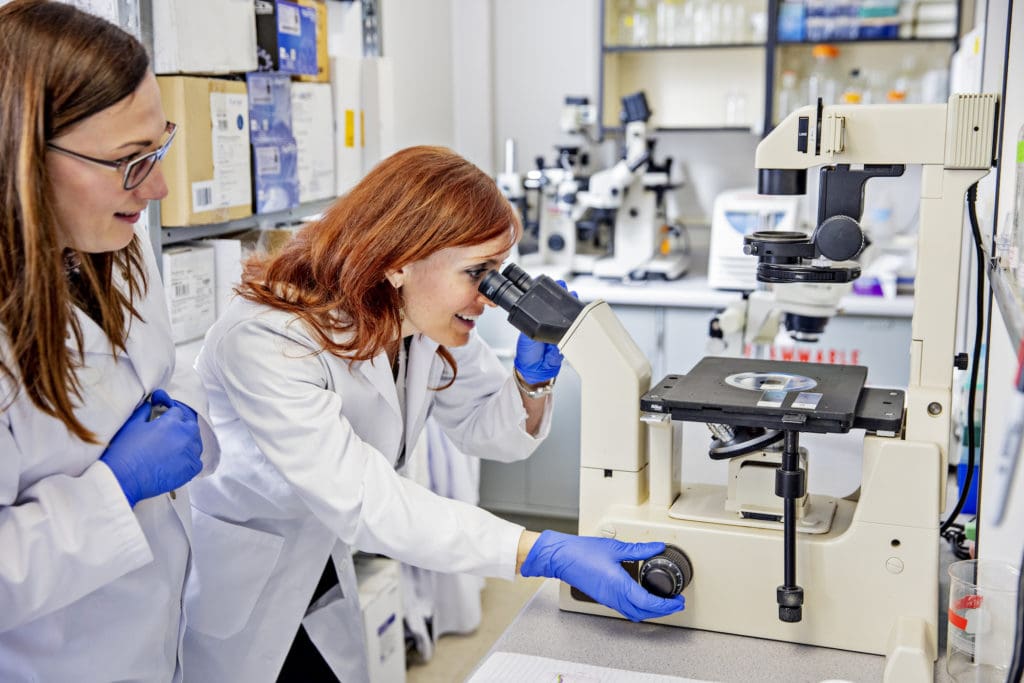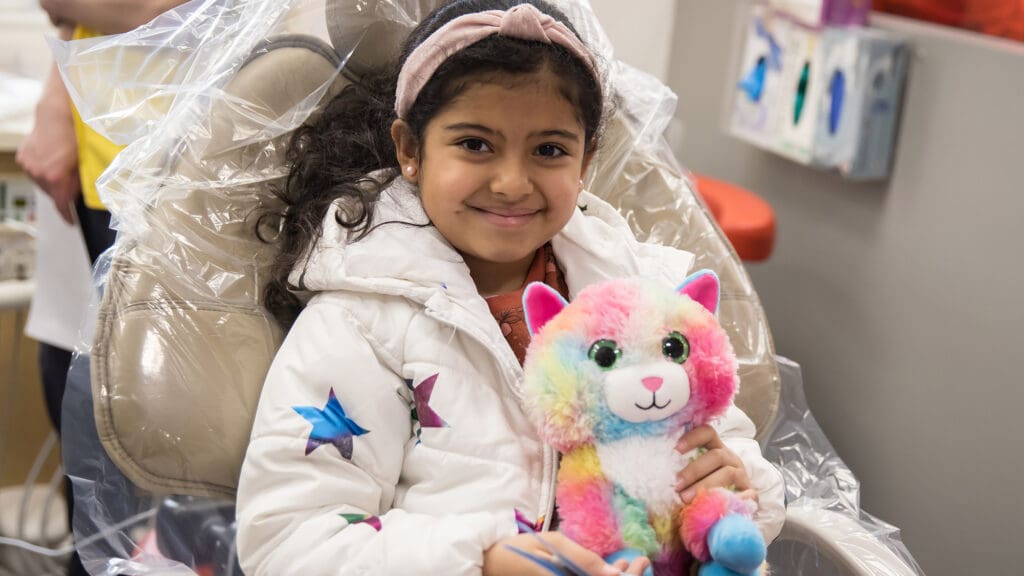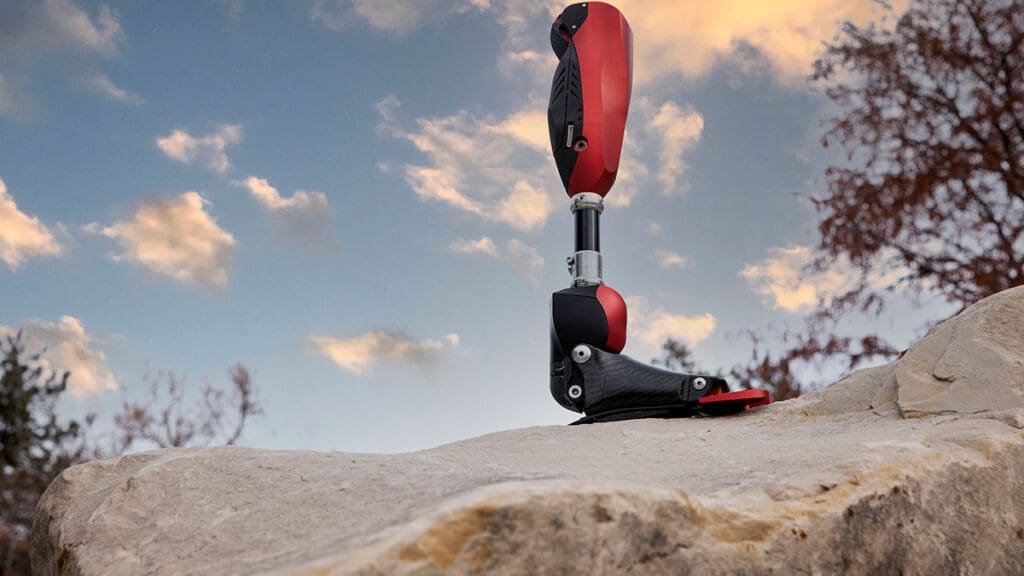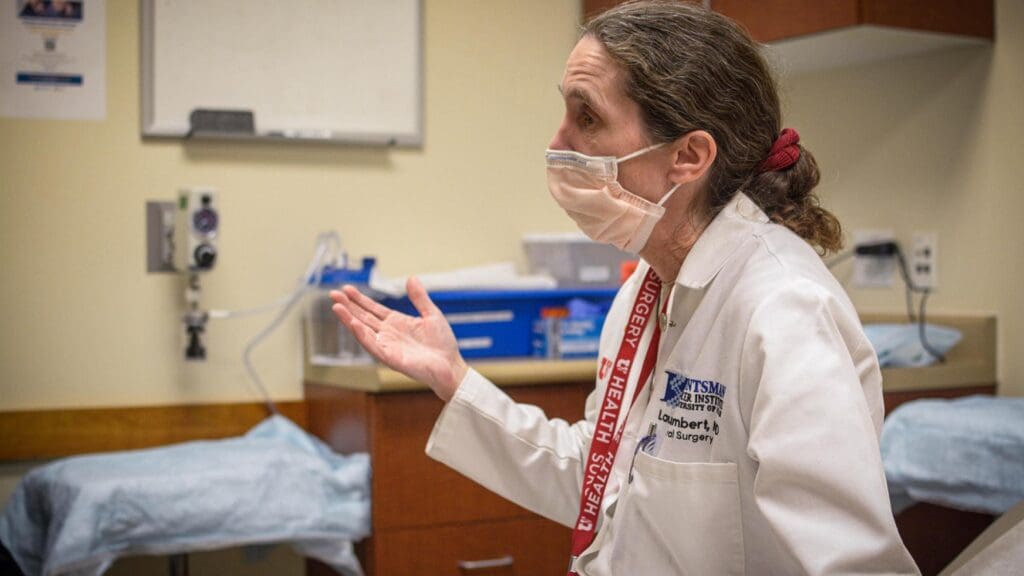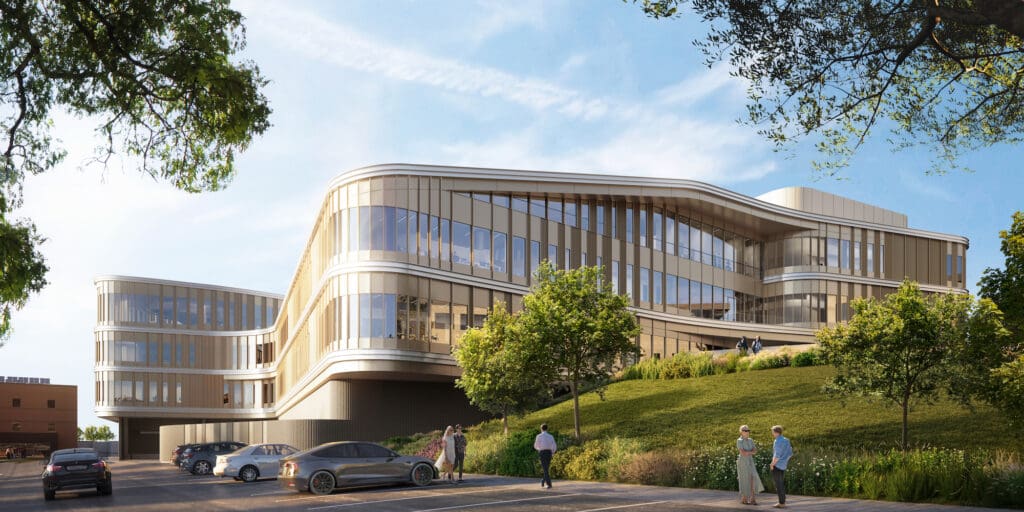July 19, 2023
Trampolines Are Fun—until They Require You To Have Eight Foot Surgeries
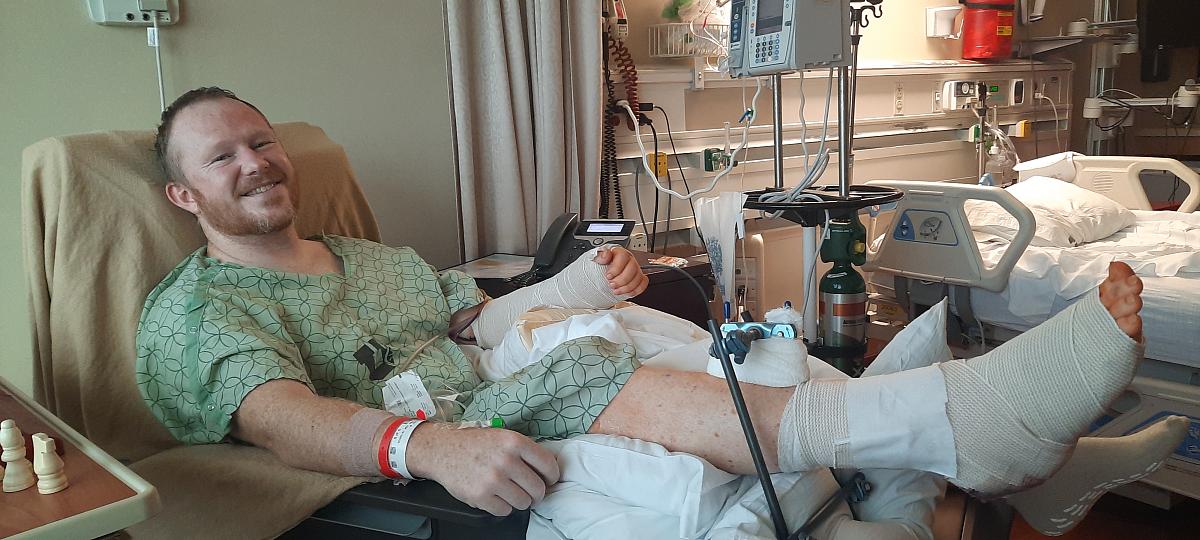
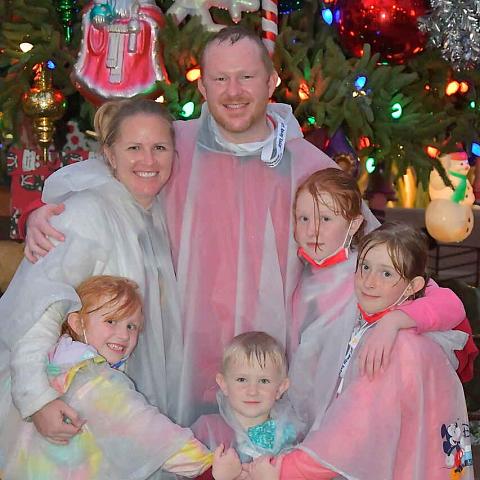
As a college athlete at Brigham Young University, Alan Day excelled as a pole-vaulter—clearing an impressive height of 16 feet, 1 inch as his personal best. After college, Alan continued to enjoy his favorite sports. Then, during an afternoon of wakeboarding, Alan tore his Achilles tendon. He had surgery to repair the injury and fully recovered.
Several years later, he met the activity that would radically alter his life for the next two years.
While celebrating his daughter’s birthday at a trampoline park, Alan landed awkwardly on a 45-degree trampoline and felt something tear.
When the pain didn’t go away, Alan underwent an operation where the orthopedic surgeon cleaned up the bones, went into Alan’s calf for an Achilles extension, and removed degenerative tissue.
Fast forward a month.
THE NEXT PAINFUL STEPS
When Alan returned to the ortho clinic for his follow-up appointment to have his cast removed, the care team discovered his surgical wound was still open. It hadn’t healed. After several weeks of wound dressings to help close the wound, nothing changed.
Alan’s surgical wound simply wouldn’t close. “We learned my wound issues were caused by an infection called Pseudomonas aeruginosa,” Alan said.
Pseudomonas aeruginosa is a bacteria that can spread to people in health care settings through contaminated equipment and hands.
Alan said, “It’s an aggressive infection where treatment meant going to a hospital twice a day for six weeks to have antibiotics delivered intravenously.”
But Alan’s wound stubbornly refused to heal.
ALAN BECOMES ON A FIRST-NAME BASIS WITH THE OPERATING ROOM TEAM
Alan’s next surgery involved pulling out the sutures interfering with the healing process. Six weeks later, the wound finally closed.
Then, on cue, Alan’s ankle turned red and swollen, with a blister forming on his calf.
A third surgery was then required, where additional sutures tearing through his skin were removed.
ALAN CHOOSES UNIVERSITY OF UTAH HEALTH TO MAKE HIS LIFE BETTER
At this point, Alan had lived nine months with an open wound and endured seven months of wound care.
Frustrated, Alan heard of Devon Nixon, MD, a highly recommended orthopedic foot and ankle surgeon at University of Utah Health. Nixon is a board-certified, fellowship-trained orthopedic foot and ankle surgeon who specializes in orthopedic foot and ankle care with a particular interest in sports-related injuries and lower extremity trauma.
“During my appointment with Dr. Nixon, he immediately recommended surgery—the very next day—to find out what was happening inside my leg,” Alan said. “He was very concerned.”
Nixon proposed the first of two surgeries. The first would remove Alan’s Achilles tendon from the calf down, remove all infected tissue, and install a cement spacer to deliver antibiotics.
After a battery of post-operative tests, Nixon was satisfied that Alan was ready for his second surgery.
This 12-hour-surgery involved placing a cadaver tendon to connect the Achilles to the calf. Then, with the expertise and assistance of Gregory Hobson, MO, a plastic surgeon, they provided soft tissue coverage over the wound. Hobson took a flap of skin from Alan’s wrist and placed it on his heel to return his skin to its original form. Veins from Alan’s arm were transplanted to his calf to restore a healthy blood flow to previously infected tissue. A skin graft from Alan’s thigh to his wrist completed the procedure.
Alan spent one day in the intensive care unit and six days in the recovery ward.
For two weeks, Alan wasn’t allowed to place his foot below his waist—allowing the new veins in his leg to become acclimated. An external fixator was then attached to Alan’s leg to keep pressure off the flap. A fixator uses screws inserted into the bone and is connected to a metal frame outside the skin. “As you can imagine, it was a pretty creepy look,” Alan said.
Alan’s surgeries with Nixon and Hobson were life-changing.
After six weeks of physical therapy, Alan was feeling like his old self again—after two years of not being able to move around without a knee scooter or wheelchair.
Today, Alan jogs, plays soccer with his family, wakeboards, and snowboards. Now, he is up for anything—as long as it doesn’t involve trampolines.

